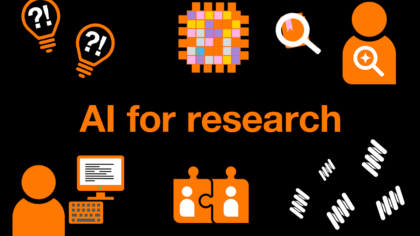Datacenters: how should they be cooled in the era of AI?
● According to the IEA, datacenter power use, which has been ramped up by the boom in artificial intelligence, is set to reach 3% of global electricity consumption by 2030.
● In a bid to achieve greater energy efficiency, cooling systems that account for up 30% of datacenters’ power needs are under growing scrutiny, and alternatives to air cooling are being explored.
● Direct-to-Chip and immersion cooling systems, which don’t require water to function, can cut power needs by up to 20% in modern data centers.
Read the article






